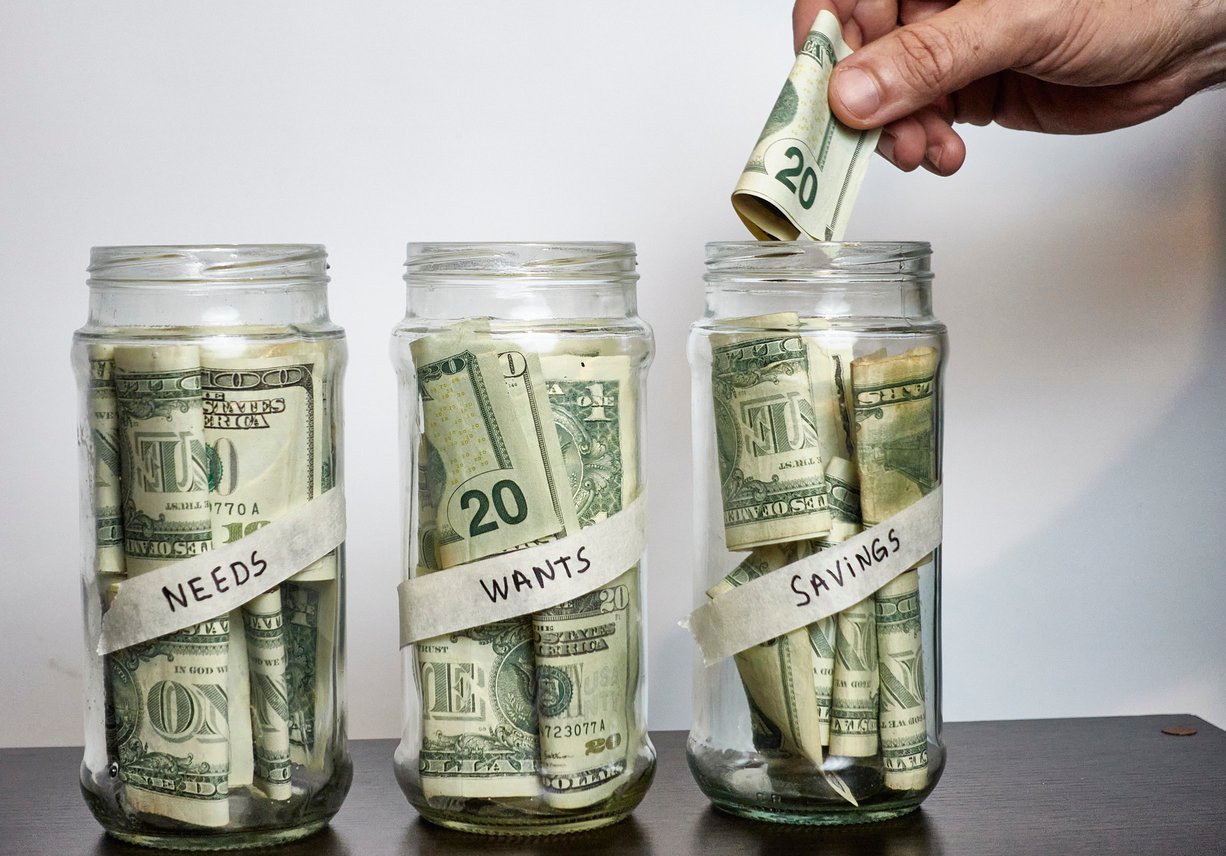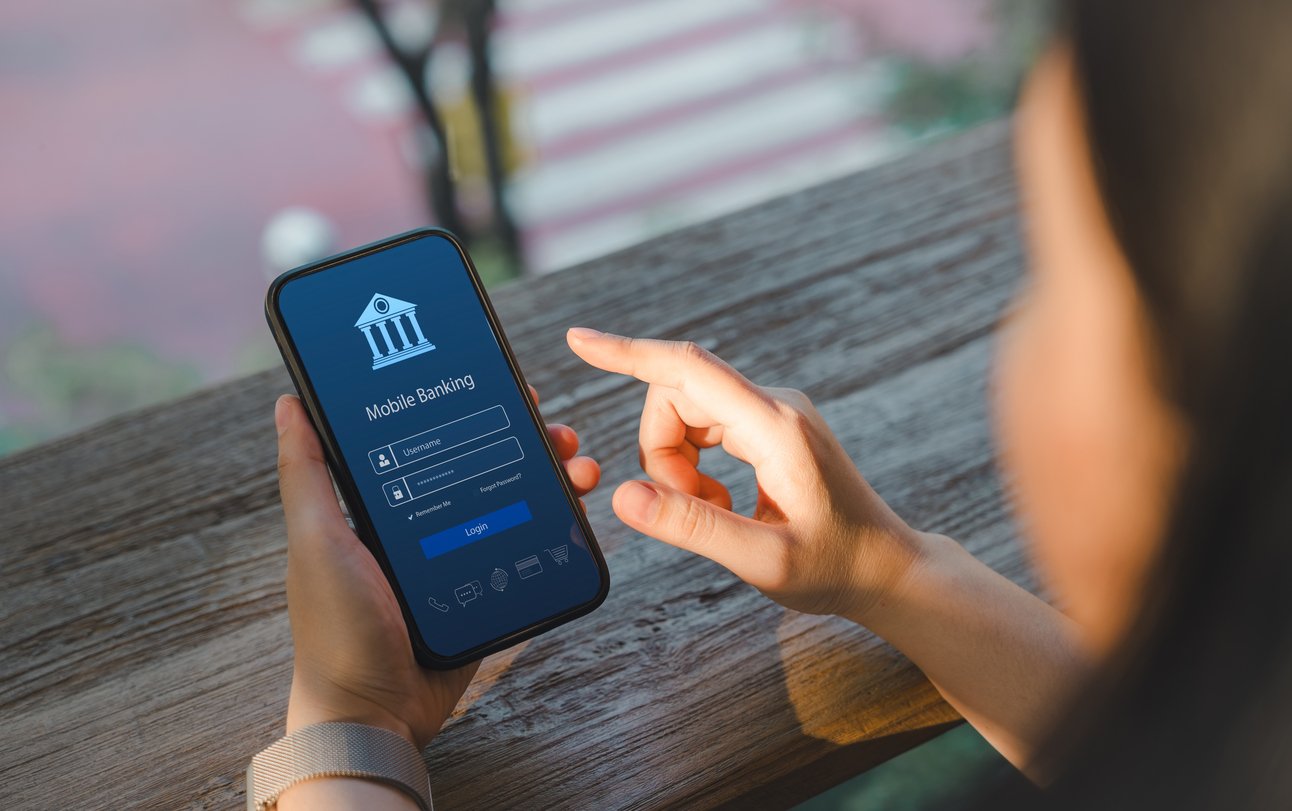Saving money is hard. But it gets a whole lot easier when you stop treating it like an afterthought. Most of us grew up doing the same thing — bills first, spending second, savings if anything happens to be left. And usuall y… nothing is left.
Reverse budgeting flips that habit on its head in the simplest way possible: You pay yourself first. Not as a nice idea, but as a must-pay bill. And the wild part is that people swear it makes saving feel effortless once the habit clicks.
What Is Reverse Budgeting?

Reverse budgeting (or “paying yourself first”) is exactly what it sounds like: You treat your savings like a non-negotiable bill.
This idea isn’t new in the personal finance world, but it’s picking up steam on Reddit, where one user wrote that every payday, they “bill themselves 10–20%” and move it into savings with no questions asked.
Here’s the gist:
Traditional budgeting:
- Get paycheck
- Pay bills
- Buy groceries, life, chaos
- Save whatever scraps are left
Reverse budgeting:
- Get paycheck
- Save a set amount (even if it’s tiny)
- Live on the rest
How the Pay-Yourself-First Method Works

If you’re going to try the pay-it-yourself method, try following this strategy, inspired by Nerd Wallet:
- Start with what you’re actually spending.
Look at your bank and credit card statements and figure out what your life really costs — not what you wish it cost.
- Pick your savings amount (and start small if you need to).
It could be $10. It could be 20% of every paycheck. Sometimes starting small is the most sustainable way to save over time.
If you already follow something like a 50/30/20 budget, reverse budgeting is just that … rearranged. Savings is the first line item instead of the last.
- Make it automatic.
Set a recurring transfer on payday so you’re not relying on willpower. Redditors who use this method swear automating was the game-changer that finally made it stick.
- Adjust when life changes.
Got a raise? Add to savings before you’re asking yourself, “Where did it all go?” (We’ve all been there, let’s be real.) Bills went up? Pull back temporarily, then rebuild.
The Downsides

If you have high-interest debt, this method shouldn’t be your first move. Those balances cost more than you can reasonably earn in savings. You may need to ease in because going too aggressively too fast can leave you short on bills. This method is also not detail-oriented. In other words, reverse budgeting works great for big goals, but it’s not a “track every dollar” system like zero-based budgeting.
Real-Life Examples

On the Reddit thread we mentioned earlier, the comments went wild with people sharing their real-life experiences with reverse budgeting, and we’ve highlighted some of the most inspirational:
The “Bill Got Cheaper, Savings Got Bigger” Trick
Someone lowered their cell phone bill by $50, then immediately moved that $50 to savings every month. No lifestyle change required.
The No-Touch Account Loyalist
Another commenter uses a two-account system: one “no-touch” investment/savings bucket and one flexible savings account for emergencies. It keeps their goals separate and makes raiding long-term savings feel off-limits.
The Former Overspender Who Finally Broke the Cycle
One user said they used to spend first and save whatever was left — and, shocker, nothing was ever left. Switching to saving first, even a small amount, “changed everything.”
More money advice on Cheapism

- 21 Ways To Reduce Your Monthly Bills When Money Is Tight — We can’t pay the bills for you, but we can give you some tried-and-true strategies that’ll help you save money for a healthier financial outlook.
- 12 Money Saving DIY Skills That Everyone Should Know — From sewing to changing a tire, here are 12 basic life skills that everyone should know.
- These Old Money Tips Just Don’t Work Anymore in 2025 — Not all the guidance that worked in Grandma’s day is still relevant.




